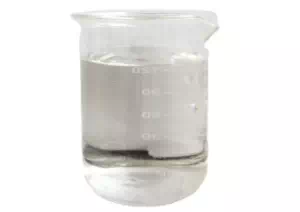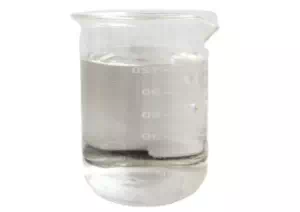All Categories



Linalool CAS 78-70-6 C10H18O
Linalool is a monoterpene alcohol compound with the chemical formula C₁₀H₁₈O. It is widely found in natural plants and can be produced by chemical synthesis. It has a unique fresh floral and woody fragrance. Linalool is one of the most commonly used fragrance varieties in perfume and daily chemical fragrance formulas, and is an important raw material in the fragrance and flavor industry.
CAS : 78-70-6
Formula : C10H18O
Mol. wt. : 154.25
EINECS : 201-134-4
* Prompt reply and 24 hours online, professional team to provide best price and high quality product.
* Sample testing support.
* Every batch of products will be tested to ensureits quality.
*The packing also can be according the customers` requirment.
*Any inquiries will be replied within 24 hours.
*we provide Commerical Invoice, Packing List, Bill of loading, COA , Health certificate and Origin certificate. If your markets have any special requirements, let us know.